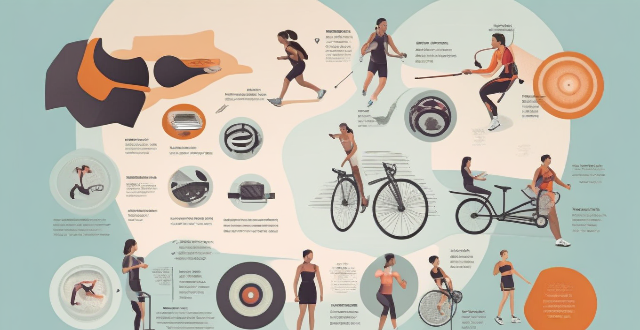The article discusses how media can be used as a tool to combat negative stereotypes and promote diversity in sports. It highlights the impact of stereotypes on sports, both positive and negative, and suggests ways for media outlets to challenge these stereotypes by showcasing diverse athletes, addressing bias and discrimination, and encouraging open dialogue about diversity. The article also provides examples of successful diversity promotion in sports media, such as increased coverage of women's sports and disability sports, and efforts to promote racial diversity within sports coverage.

Using Media to Combat Negative Stereotypes and Promote Diversity in Sports
Introduction
The media plays a crucial role in shaping public perceptions about various topics, including sports. Unfortunately, negative stereotypes and lack of diversity are prevalent in some sports coverage. However, the media can also be used as a tool to combat these issues and promote inclusivity within sports. In this article, we will explore how the media can be utilized to achieve these goals.
The Impact of Stereotypes on Sports
Stereotypes have a significant impact on sports, both positively and negatively. On one hand, they can inspire people to pursue certain sports or careers based on their perceived abilities or characteristics associated with those activities. On the other hand, they can limit opportunities for individuals who do not fit into traditional molds or expectations. For example, women may be discouraged from participating in certain sports due to gender stereotypes, while athletes of different races or ethnicities may face discrimination or bias.
How Media Can Combat Negative Stereotypes
The media has the power to challenge and dismantle negative stereotypes by promoting positive representations of diverse groups within sports. Here are some ways that media outlets can achieve this:
1. Showcase Diverse Athletes
Media outlets should actively seek out and feature stories about athletes from diverse backgrounds, including race, gender, sexual orientation, religion, and ability. By showcasing these athletes' achievements and experiences, the media can help break down stereotypes and promote inclusivity within sports.
2. Address Bias and Discrimination
Media outlets should call out instances of bias or discrimination within sports coverage and hold organizations accountable for promoting diversity and inclusivity. This can include highlighting successful initiatives aimed at increasing representation among coaches, officials, and administrators, as well as addressing issues such as pay disparities between male and female athletes.
3. Encourage Open Dialogue
The media should encourage open dialogue about diversity and inclusion within sports by hosting discussions and debates featuring experts from various fields. These conversations can help raise awareness about the importance of diversity in sports and provide insights into how best to promote it.
Examples of Successful Diversity Promotion in Sports Media
There are several examples of successful diversity promotion in sports media that demonstrate the potential impact of these efforts:
1. Women's Sports Coverage
In recent years, there has been a significant increase in coverage of women's sports across various media platforms. This increased visibility has helped to challenge gender stereotypes and promote greater participation among girls and women in sports.
2. Disability Sports Coverage
Similarly, disability sports have received more attention in recent years, with events like the Paralympics gaining greater recognition and viewership. This increased coverage helps to promote inclusivity and challenge ableist stereotypes surrounding disability.
3. Racial Diversity in Sports Coverage
Media outlets have also made strides in promoting racial diversity within sports coverage by featuring stories about athletes from different racial backgrounds and highlighting successful initiatives aimed at increasing representation among coaches and administrators.
Conclusion
The media has a responsibility to promote diversity and combat negative stereotypes within sports coverage. By showcasing diverse athletes, addressing bias and discrimination, and encouraging open dialogue about these issues, media outlets can help create a more inclusive sports culture that celebrates differences rather than perpetuating harmful stereotypes.